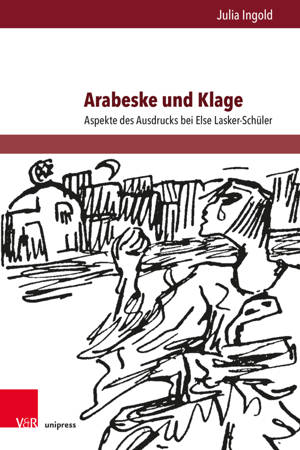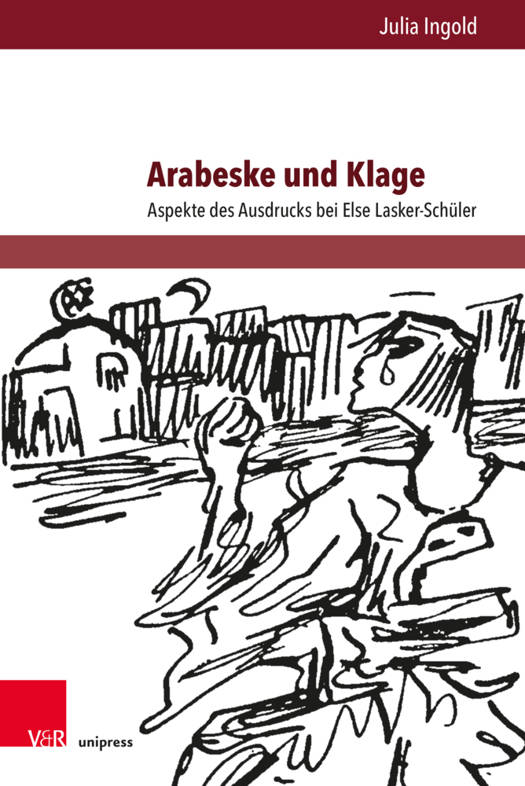
- Afhalen na 1 uur in een winkel met voorraad
- Gratis thuislevering in België vanaf € 30
- Ruim aanbod met 7 miljoen producten
- Afhalen na 1 uur in een winkel met voorraad
- Gratis thuislevering in België vanaf € 30
- Ruim aanbod met 7 miljoen producten
Omschrijving
Else Lasker-Schüler zeigt mit ihren Formen, Inhalten, Texten und Bildern performativ die Möglichkeit der Ausdruckslosigkeit auf. Sie schildert grauenvolle Szenen in ostentativ poetischen Bildern. Nebenher kommentiert und zitiert sie ihre eigenen Werke kontinuierlich selbst. Beide Eigentümlichkeiten gehen auf das transmediale Gestaltungsprinzip der Arabeske zurück. Die Arabeske kann nicht nur als schmückender Rahmen dienen, sondern auch als Versteck, das Ausdrucksverbote unterläuft. Julia Ingold weist nach, dass dieses Gestaltungsprinzip von einer bisher unterschätzten Nähe Lasker- Schülers zur jüdischen Schrifttradition Zeugnis ablegt. Lasker-Schüler schreibt ihren Arabesken das Prekäre des Ausdrucks von Leid und Ungerechtigkeit ein - ihr künstlerischer Ausdruck impliziert die Möglichkeit des Schweigens.
In her forms, contents, texts and images Else Lasker-Schüler expresses performatively the possibility of the lack of expression. She describes terrible scenes in ostentatiously poetic pictures. On the side she herself comments and quotes constantly her own works. Both peculiarities stem from the same transmedial formal principle of the arabesque. The arabesque can not only serve as decorative frame, but also as hiding place to evade the prohibition of representation. The proof of this formal principle reveals Lasker-Schüler's long underestimated influences of the Jewish scriptural tradition. In her arabesques Lasker-Schüler captures the precarity of the expression of distress and injustice - her artistic expression implies the possibility of silence.
Specificaties
Betrokkenen
- Auteur(s):
- Uitgeverij:
Inhoud
- Aantal bladzijden:
- 375
- Taal:
- Duits
- Reeks:
- Reeksnummer:
- nr. 351
Eigenschappen
- Productcode (EAN):
- 9783847114383
- Verschijningsdatum:
- 8/08/2022
- Uitvoering:
- Hardcover
- Formaat:
- Genaaid
- Afmetingen:
- 155 mm x 231 mm
- Gewicht:
- 3987 g

Alleen bij Standaard Boekhandel
Beoordelingen
We publiceren alleen reviews die voldoen aan de voorwaarden voor reviews. Bekijk onze voorwaarden voor reviews.











